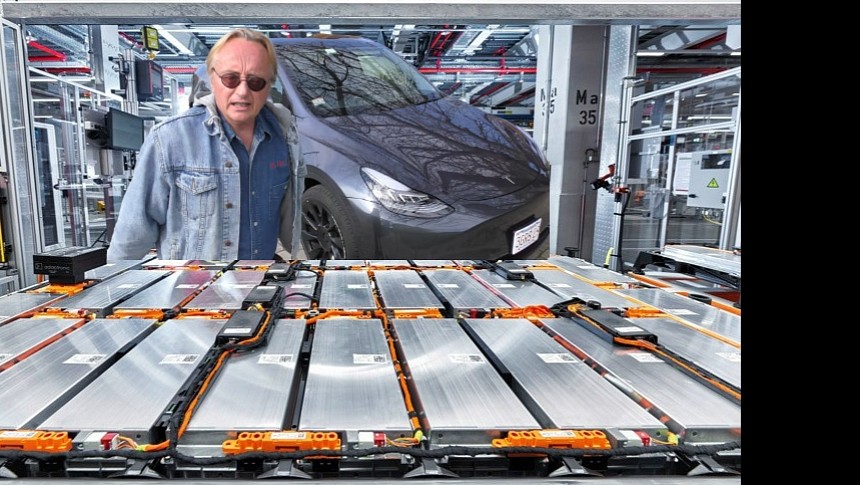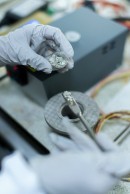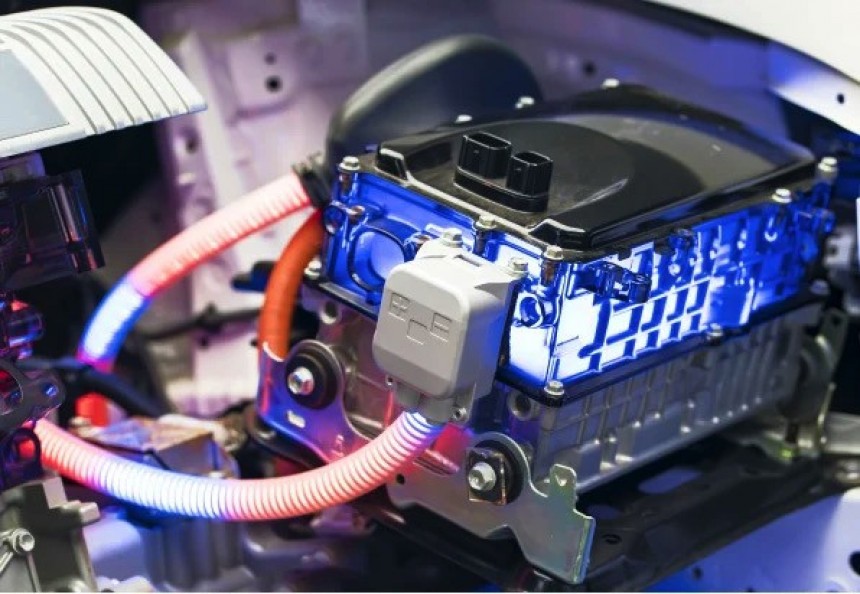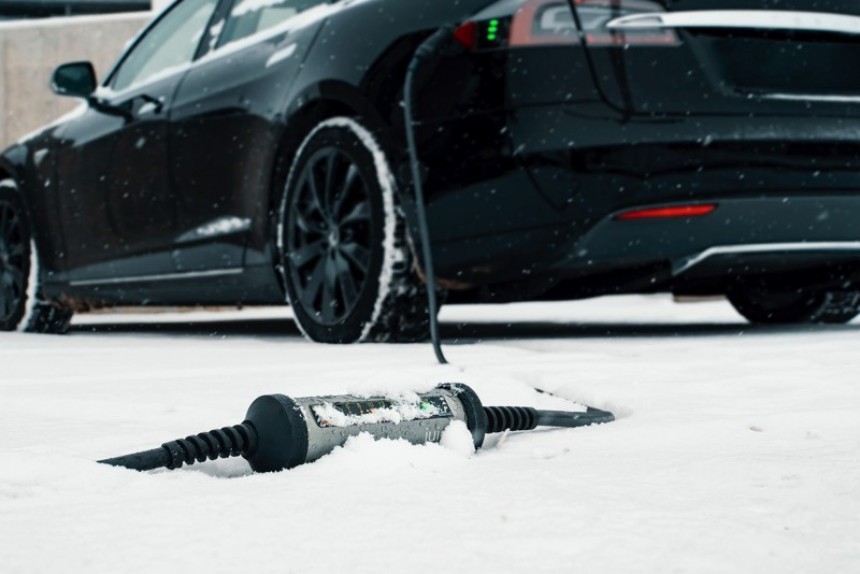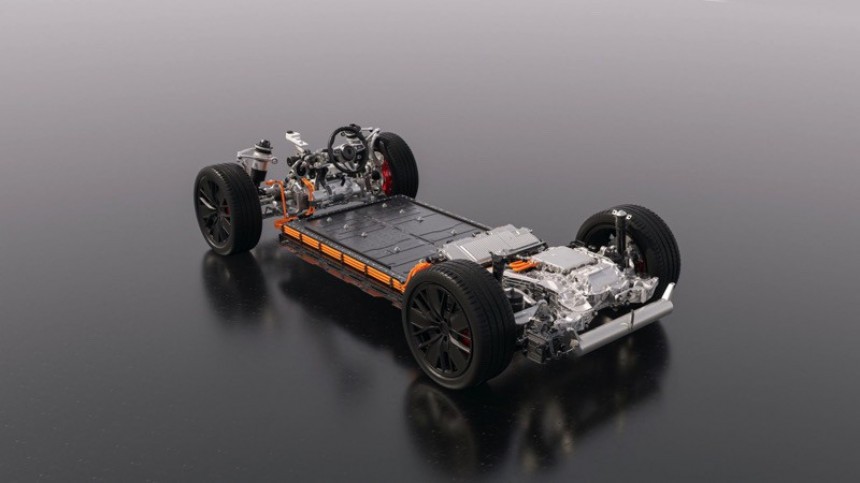If you are an electric vehicle (EV) or plug-in hybrid (PHEV) owner, then get ready to schedule another service visit. This internet mechanic (known by nearly anyone with even a remote interest in the automotive space) says the high-voltage batteries of these electrified cars must be drained out every four to six months. Here's why.
Scotty Kilmer is among the first mechanics who decided to take the little time they had left in a day and upload thoughts, reviews, and solutions to common problems on YouTube. It was a good idea because some of his best videos now have tens of millions of views on the Google-owned platform. Thanks to moderate online success, the man is considered an "internet mechanic" today, mostly because he stuck to a rigorous upload schedule.
As such, there were some occasions when he made people doubt his skills. Kilmer would spill out controversial or blatantly useless information just to make sure he did not miss out on providing followers with the promised content.
In one of his latest videos, the mechanic-turned-YouTuber explains why he wouldn't buy a Samsung-made Nissan Rogue while introducing the viewers to a new diagnostic tool. After scrolling through various error codes and navigating different menus, Kilmer reaches the part where the vehicle's self-diagnostic and reporting capability (commonly known as OBD) uses the controller area network (CAN) bus to display the speed of communication between the car's control units.
For example, if something's wrong in this department, your whip may not adjust the music automatically when accelerating. Automobiles have tons of systems on them today, and all must be able to communicate with each other.
The mechanic argues that owners of electrified vehicles must "mess" with these energy storage units occasionally. Otherwise, their lifespan might be shortened. He claims the battery packs must be "drained out and filled back up correctly" at least twice a year. Kilmer also underlines that since EVs and PHEVs are costlier than traditional cars, owners might want to follow his advice and pay a mechanic to do this by the book.
Since we've been covering EVs on autoevolution for quite some time, this information puzzled us a bit. Everyone knows that if you plan on leaving a car parked for more than two weeks, you should disconnect the 12V battery (or use a trickle charger) so it doesn't get emptied by the car's systems and accessories. Nobody wants to get back to a dead vehicle.
But Kilmer was talking about the main battery pack in EVs and the energy storage unit used by PHEVs to power an electric motor for short distances. PHEVs aside, most EV manufacturers recommend that all-electric cars always be left with enough energy in their batteries when owners don't plan on using them for more extended periods. At the same time, automakers say that EV drivers should avoid depleting their battery packs or charging them to 100% every single time (unless their chemistry is lithium iron phosphate (LFP)).
Even though nearly all EVs have a safety buffer today, damage may occur when exceeding the normal use thresholds.
Some manufacturers even recommend technicians de-energize the battery, disconnect it, wait five minutes, and measure its voltage before doing any work. If values of over 30V are registered even after depowering, nobody should touch the energy storage unit or the cables.
Even more surprising is that some carmakers do not even ask their technicians to use a scanning tool. If you have the right gear and the procedures, you're good to go.
Thus, we still need to find out precisely what Scotty Kilmer wanted to tell EV and PHEV owners with this advice. Until then, if you want to ensure that your electrified vehicle is safe and the battery is working correctly, then you should follow the manufacturer's advice and respect the service visits made mandatory through the warranty.
Sometimes there's no need to overcomplicate things and spend more time than needed at the shop.
Finally, tell us in the comment section below if you plan on listening to Scotty Kilmer's words or, even better, share your take on this interesting piece of advice from a mechanic with over 55 years of experience.
As such, there were some occasions when he made people doubt his skills. Kilmer would spill out controversial or blatantly useless information just to make sure he did not miss out on providing followers with the promised content.
In one of his latest videos, the mechanic-turned-YouTuber explains why he wouldn't buy a Samsung-made Nissan Rogue while introducing the viewers to a new diagnostic tool. After scrolling through various error codes and navigating different menus, Kilmer reaches the part where the vehicle's self-diagnostic and reporting capability (commonly known as OBD) uses the controller area network (CAN) bus to display the speed of communication between the car's control units.
Don't blame technology, though!
Since everything seems fine with the Rogue, the mechanic moves on to the next verification step with the scanning tool. But he discovers that the device has the option to energize and de-energize the high-voltage batteries found in EVs and PHEVs. Kilmer argues that this procedure must be done every four or six months.The mechanic argues that owners of electrified vehicles must "mess" with these energy storage units occasionally. Otherwise, their lifespan might be shortened. He claims the battery packs must be "drained out and filled back up correctly" at least twice a year. Kilmer also underlines that since EVs and PHEVs are costlier than traditional cars, owners might want to follow his advice and pay a mechanic to do this by the book.
Since we've been covering EVs on autoevolution for quite some time, this information puzzled us a bit. Everyone knows that if you plan on leaving a car parked for more than two weeks, you should disconnect the 12V battery (or use a trickle charger) so it doesn't get emptied by the car's systems and accessories. Nobody wants to get back to a dead vehicle.
Even though nearly all EVs have a safety buffer today, damage may occur when exceeding the normal use thresholds.
Something's fishy...
Besides that, the energization and de-energization of high-voltage batteries only happen when technicians have to either work on them or replace them entirely. EVs sport voltage systems that span from 450V to 800V and even 900V. The latter is on the Lucid Air and has just been confirmed for the Porsche Mission X Concept. De-energization is required to prevent the risk of high-voltage shock. Electric arcs can quickly form if the battery pack is not depowered and cut off from supplying the vehicle.Some manufacturers even recommend technicians de-energize the battery, disconnect it, wait five minutes, and measure its voltage before doing any work. If values of over 30V are registered even after depowering, nobody should touch the energy storage unit or the cables.
Thus, we still need to find out precisely what Scotty Kilmer wanted to tell EV and PHEV owners with this advice. Until then, if you want to ensure that your electrified vehicle is safe and the battery is working correctly, then you should follow the manufacturer's advice and respect the service visits made mandatory through the warranty.
Sometimes there's no need to overcomplicate things and spend more time than needed at the shop.
Finally, tell us in the comment section below if you plan on listening to Scotty Kilmer's words or, even better, share your take on this interesting piece of advice from a mechanic with over 55 years of experience.
